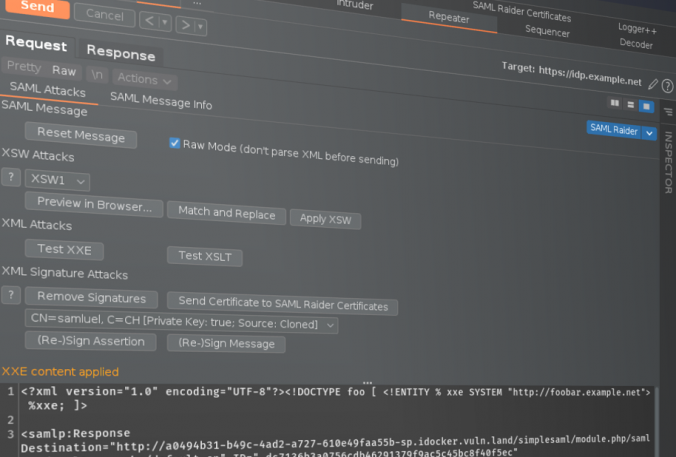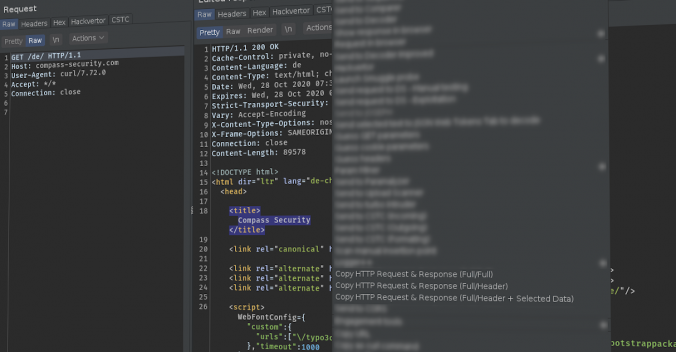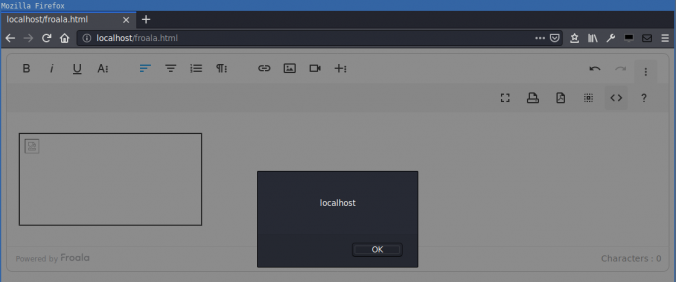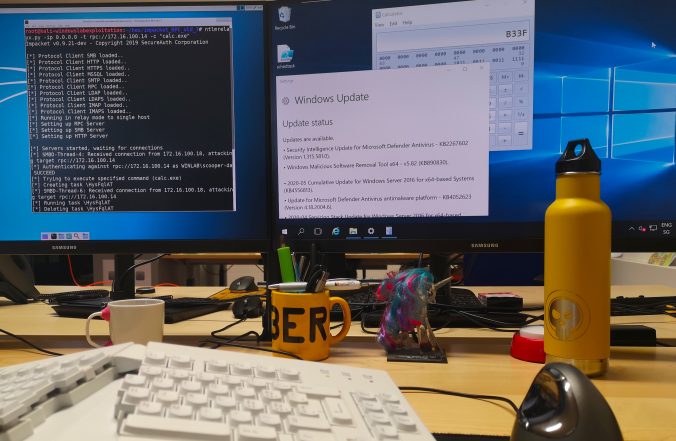Agile software development models have become the de-facto standard. They are taught at universities and implemented in practice as far as possible. Anyone who doesn’t develop software using agile processes is on the verge, and already tilting towards that. At least that is how it seems. Consequently, the question is not whether the integration of […]
Compass Security Blog
Offensive Defense
Page 3 of 7
The end of the year is a good time to sit back and reflect for a moment on the past year. So let us take a look at the ten most common ways how I got Domain Admin privileges in our Active Directory penetration tests in 2021.
A little bit over a year ago, I wrote an article on this blog about CVE-2020-1113 and how it enabled to execute code on a remote machine through relaying NTLM authentication over RPC triggering a scheduled task on the remote system. History repeats itself and a vulnerability of the same category has been fixed by Microsoft in June this year.
SAML Raider 1.4.0 is out which contains several new features like UI changes, new text editor, raw mode, XSW match/replace, parameter name definition and attack templates for XXE and XSLT attacks.
A post on how to trick browsers to work as a gateway to internal web servers and IoT devices, the concepts behind and how to easily exploit DNS rebinding using the Singularity of Origin framework.
Writing good reports is key in penetration tests / security assessments, since this is the final result delivered to the customer. Vulnerabilities should be described in a way so that the customer can understand and also reproduce the issue. For web application pentests, the best way is often to show the HTTP requests and responses to explain an issue. This Burp Suite extension “Copy Request & Response” can assist you while the report.
During internal assessments in Windows environments, we use BloodHound more and more to gather a comprehensive view of the permissions granted to the different Active Directory objects. In this post, we’ll show an advanced usage of this tool by using our additional queries.
Compass found a DOM-based cross-site scripting (XSS) in the Froala WYSIWYG HTML Editor. HTML code in the editor is not correctly sanitized when inserted into the DOM. This allows an attacker that can control the editor content to execute arbitrary JavaScript in the context of the victim’s session.
Since a few years, we – as pentesters – (and probably bad guys as well) make use of NTLM relaying a lot for privilege escalation in Windows networks.
In this article, we propose adding support for the RPC protocol to the already great ntlmrelayx from impacket and explore the new ways of compromise that it offers.
This vulnerability was discovered by Compass Security in January 2020, disclosed to Microsoft Security Response Center and assigned CVE-2020-1113 as identifier.
When you add a new computer, it must first join the domain. If you use its future main user to do it, they’ll become the owner and be able to hijack the computer to become a local administrator in four easy steps.
© 2025 Compass Security Blog









